
Tucked into the mountain range south of the town of McCall, Idaho, is Tamarack Resort and Bike Park. Eleven lift-served mountain bike parks are sprinkled throughout Idaho, and Tamarack is one of the state’s largest.
Tamarack is a beautiful destination, but the mountain’s beauty hides a checkered history. The resort hasn’t always found it easy to keep its doors open. In the two decades since opening, it has gone bankrupt, officially closed down, and even had chairlifts repossessed and hauled off by helicopters.
Yet the riding at Tamarack Bike Park has enough of a reputation to establish the resort as one of the top mountain biking destinations in the Northwest. In fact, Tamarack’s trails are so good that it served as the final stop for the 2024 Big Mountain Enduro/Downhill race series.
Despite the Big Mountain Enduro stop, I still had to wonder: if a resort has struggled so much, can the trails really be that good? I was lucky enough to receive an invite to find out.
Spoiler alert — what I rode was damn good.

The ups and downs of Tamarack Resort
Tamarack’s origin story goes back to the 1980s when its conception was inspired by a French commune named Valbois. Tamarack shared that name until the original concept died, and a new group of investors renamed the project “West Rock” in the late 1990s. A few years later, West Rock was changed to “Tamarack,” an ode to the area’s larch trees with the same name.
Construction on Tamarack Resort started in the early 2000s. The first season of lift-served skiing was in 2004, when Tamarack officially opened its doors. During the previous season, skiers and snowboarders caught a snowcat ride to the top. Despite the ongoing construction, skiing and snowboarding continued, and Tamarack even began hosting races and events.
Mountain bikes were first taken up the hill at Tamarack in 2007, with millions of dollars invested in building a trail system. Unfortunately, the future for mountain biking at Tamarack — and the resort in general — was beginning to look unclear.
Amidst the financial crisis that affected the United States and most of the world, Tamarack officially declared bankruptcy in February 2008. Although the doors stayed open for one year longer, the 2009 ski season was cut short due to substantial expenses, and Tamarack was officially closed that spring.

A few months later, in June 2009, Tamarack announced it would reopen its golf course and zip lines. But, as time ticked on, things looked bleak for Tamarack, with signs of asset liquidation and foreclosure on the horizon. The Wildwood Express chairlift was in danger of being repossessed, which would eventually happen in 2012 when helicopters swooped in to forcibly remove the lift from the mountainside.
Despite all its struggles, Tamarack still pulled through. Mountain biking returned in 2016, and 2018 brought new ownership, with the Wildwood Express being reinstalled one year later. That same year, Tamarack would complete its first residential condos in the village, and in 2020, they would go on to start a project that would expand the resort’s footprint.
Fast-forward to the summer of 2024, and the base village expansion is complete, although a new lodge at the top of the Tamarack Express chairlift is still under construction. Shops, cafes, breweries, and fine dining are all found within walking distance from the lodging. The remark I continued to hear was, “This looks like a little Whistler…”

Riding Tamarack Bike Park
Mountain biking at Tamarack is divided into two arenas: the downhill park and the XC trails. Tamarack’s XC trails are a great addition for riders who may want a mellower experience than the bike park offers. Plus, the 21 miles of XC trails are free for the public and remain open during the spring and fall when the bike park is closed because of snow and maintenance.
One chairlift, the Tamarack Express, carries riders up to 6,600 feet, with 33 trails available to descend the nearly 2,000 feet back to the bottom of the lift. In total, the downhill park boasts 36 miles of singletrack. A large distribution of that mileage favors beginner and intermediate-level riders: 40% of Tamarack’s trails are green, and 40% are blue. 16% of the trails are advanced black diamond trails, while the remaining 4% are double black diamond.
While it would have been nice to see more trails dedicated to advanced riders, Tamarack did an excellent job with their beginner and intermediate trails. I encountered a few families with young riders making their way over to Pura Vida, one of the popular green descents. Although our group didn’t ride it, I heard Pura Vida was a fast and flowy green with good side hits — just make sure you watch out for slower riders.
Our first lap was down Super G, a blue flow trail that descends 1,165ft over two miles. Super G is the intermediate trail every resort needs — lots of berms, manageable tabletops, side options, and a bit of chunk mixed in. Super G is a great flow option from the top — perfect for quick laps.
From Super G, we connected to Shark Bait, a brand-new advanced jump trail that stretches nearly one mile back to the lift. Shark Bait steps things up from Super G’s intermediate-sized jumps. The trail begins with some techy rock sections, and while they’re limited, the consequences are much more significant. The jumps on Shark Bait are proper 15-20 foot tabletops with lips getting significantly larger as you near the bottom. Plus, Shark Bait sees the addition of wooden drops — the larger being 10+ feet and the smaller being roughly 6 feet.

What Tamarack did really well, though, was its tech trails. The group I rode with spent a lot of time on two trails in particular: Smoke Jumper and Hot Shot. These two black diamond trails cover a combined two miles of rough-and-tumble natural tech. They also provide a taste of something that Tamarack has in small portions: rock slabs.
While they may not have been as long as the legendary granite slabs of Squamish and Whistler, Smoke Jumper and Hot Shot provide an excellent first taste. Smoke Jumper is perhaps the most notable trail for a particular slab, with a ladder up and a roughly five-foot drop. This section of trail also overlooks the nearby Cascade Reservoir, making it an ideal place for a photo opportunity.
When we weren’t ripping down rock slabs, these trails offered up a fair bit of tech, especially as we worked our way down the mountain. Breaking through the treeline got us out of the powder sugar dirt and into a nearly loamy, root-filled section of trail. That was short-lived, however, and it was back into the dust bowl.



Bike park woes
I hate to call out dusty and loose trails. It was August at a bike park; what else should I expect? However, Tamarack was unusually dusty and in places I didn’t expect. Some corners and sections of trail would be excellent. One particularly steep and rutted section wouldn’t be bad at all. Then, with no rhyme or reason, other sections would be incredibly dry and dusty.
I imagine opening weekend is phenomenal at Tamarack.
Unfortunately, I couldn’t ride nearly as many trails as I would have liked. First, some trails, like the double-black Rock Star, were closed. Trails need maintenance, but I had previously watched a video of that trail and wanted to ride it, and it just didn’t work out.
However, Tamarack’s closing time was the biggest thing that kept me and my group from getting more laps in. The last spin on the Tamarack Express chairlift is at 4pm daily. That is three hours earlier than my local bike park and others I’ve been to.
We had a full day when we rode Tamarack. After breakfast, we went to Tamarack Outfitters to get our rental bikes — they open at 10am. After waiting to get everyone in our group a bike, our window to ride shrunk to less than five hours. Add in lunch, and it was less than four.
Seeing the lift stop spinning at 4pm was a bummer — I easily could have ridden a few more hours. That said, it just means I’ll need to return next summer.
And I will definitely be back. The trails are worth the trip.


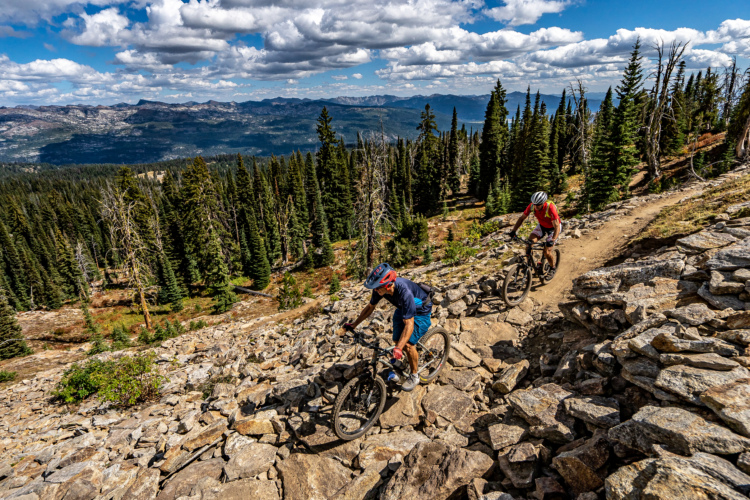


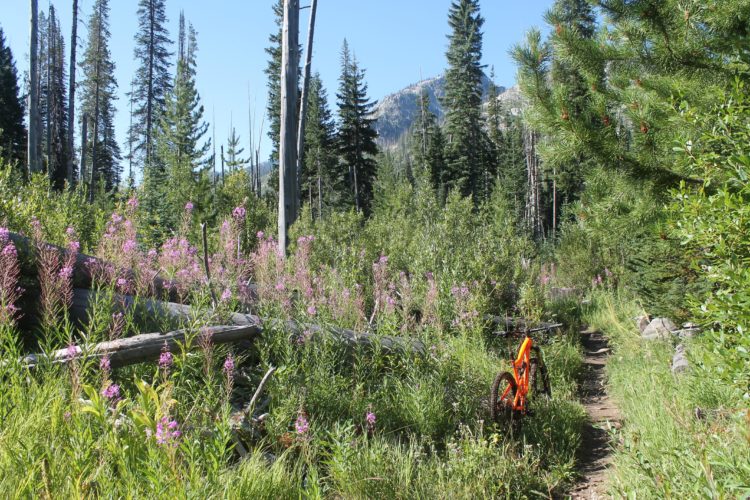
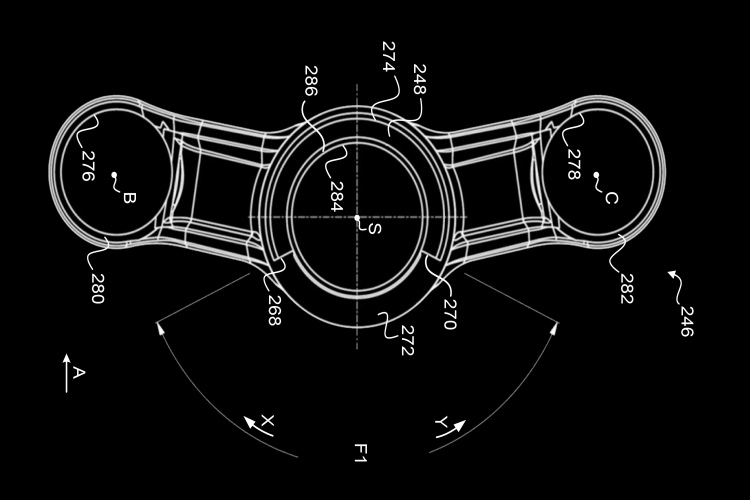
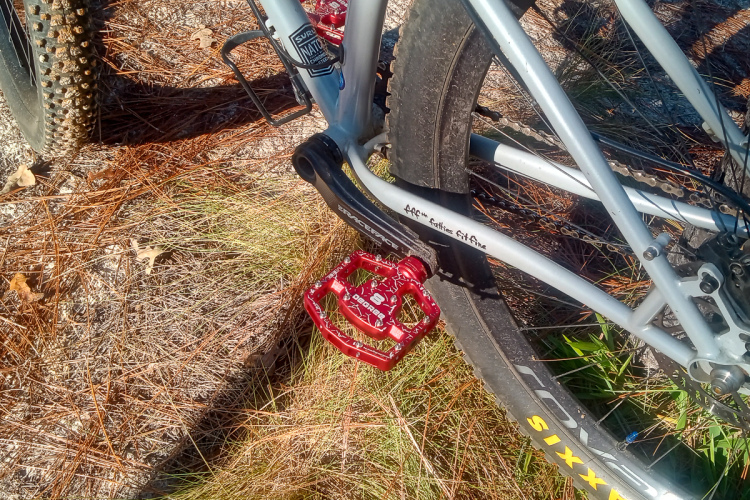
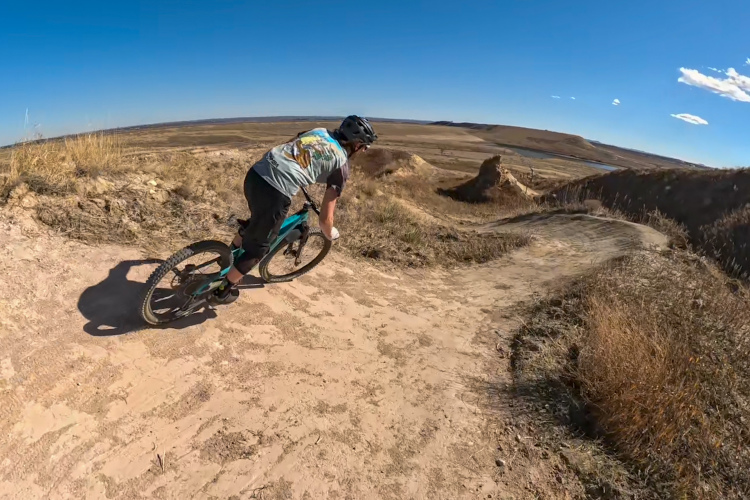
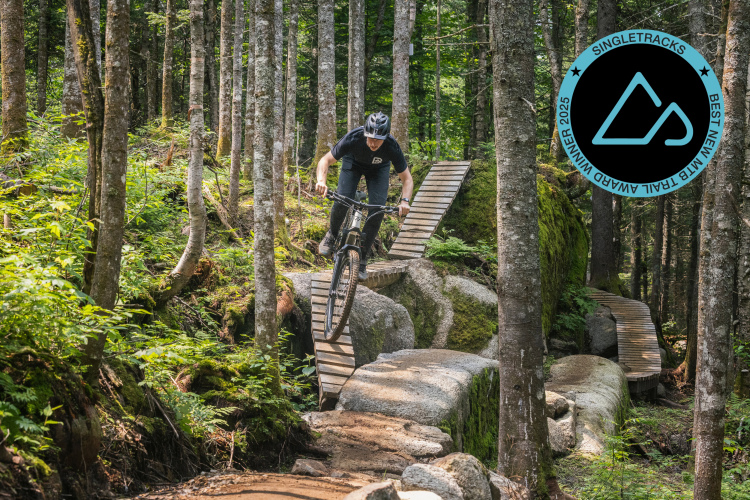

1 Comments
Sep 6, 2024